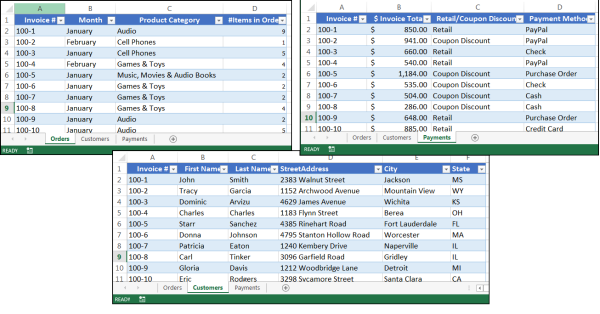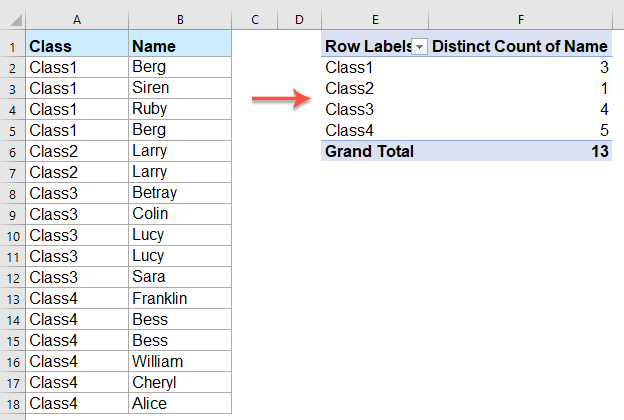

Click on the table and then INSERT> PivotTable> Pivo tTable> OKĢ. Select the % of Total column and give the number format for %ġ. In the first cell enter a formula to calculate percentage (in this particular case is “= B2/C13”)ģ. Click in the cell beside the table headers and type “ % of Total”Ģ. Click on the table then on TABLE TOOLS> DESIGN and click on Total Rowġ. Select all data and then INSERT> Table> Create Table> OKĢ. To see the details in the images click on them for a zoom in.Ĭonvert Data Table into a Table with Total Rowġ.

I’m using Excel 2013 but I had tested the method described in Excel 2007 and it works the same.
#HOW TO MAKE PIVOT TABLES IN EXCEL 2013 UPDATE#
This allows me to enter new data by dragging the last row of the table and makes the update of pivot tables easier. I decided to use an example involving an imaginary downtime problem.Īutomating tasks is important and helpful, so I converted range data into a table. This means that I have to continuously enter new data and update Paretos and Run charts, so I tried to do it in the easiest and fastest way possible so the charts I was showing to my colleagues were accurate.īecause this is an approach widely used in many other contexts, I want to share this tool that can help in saving time and prevent errors while entering data and refreshing pivot tables and pivot charts in Excel.

I needed the historical data to create a Pareto chart and prioritize the focus of the PDCA and now, in the stage of “Check” I have to monitor the data and then validate if the solutions proposed have been effective. I recently started working in a PDCA to solve a problem regarding customer complaints.Īs you know, the PDCA applied to problem solving involves writing the problem statement based in facts and I had to enter the last twelve months data – rows and rows of information.


 0 kommentar(er)
0 kommentar(er)
